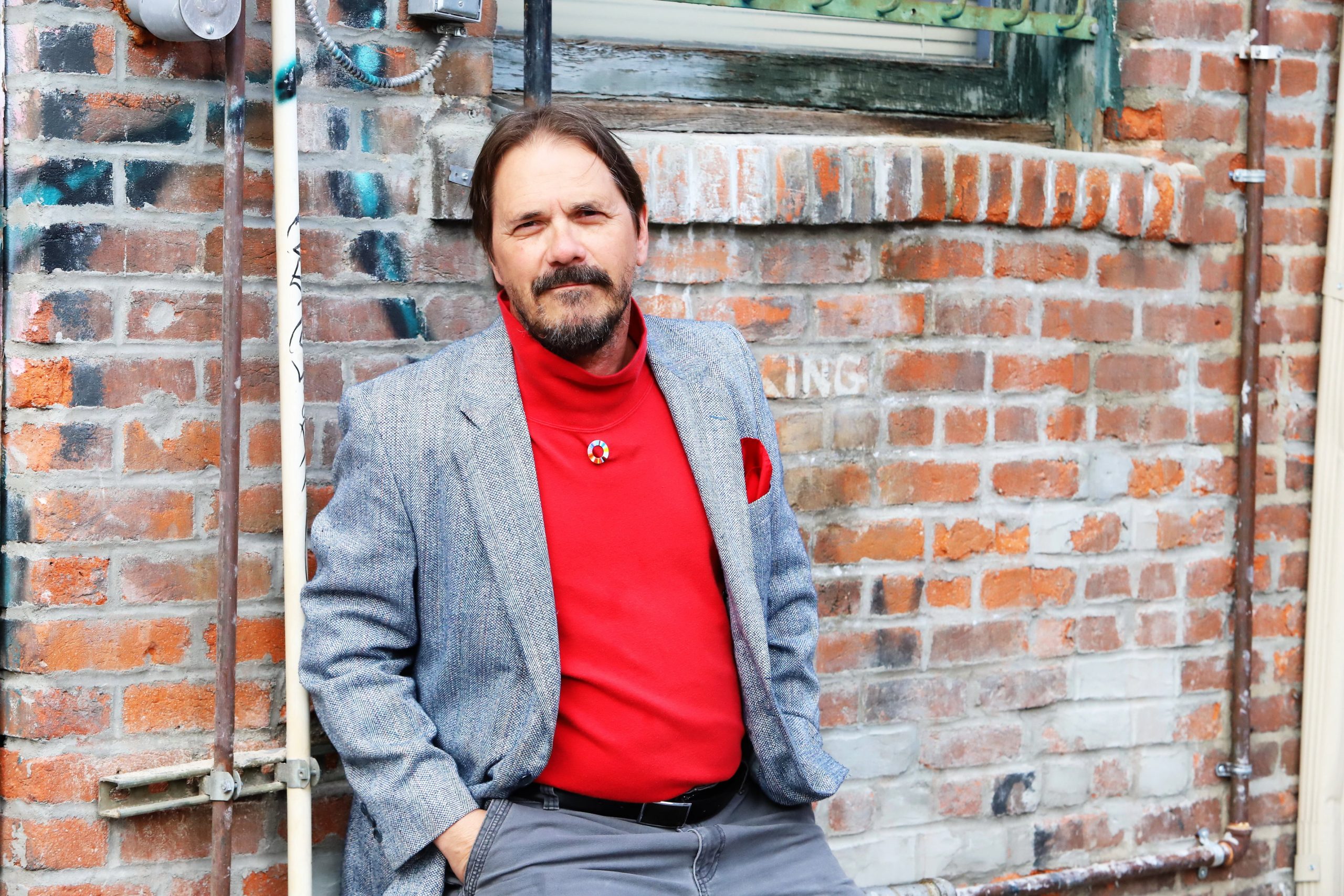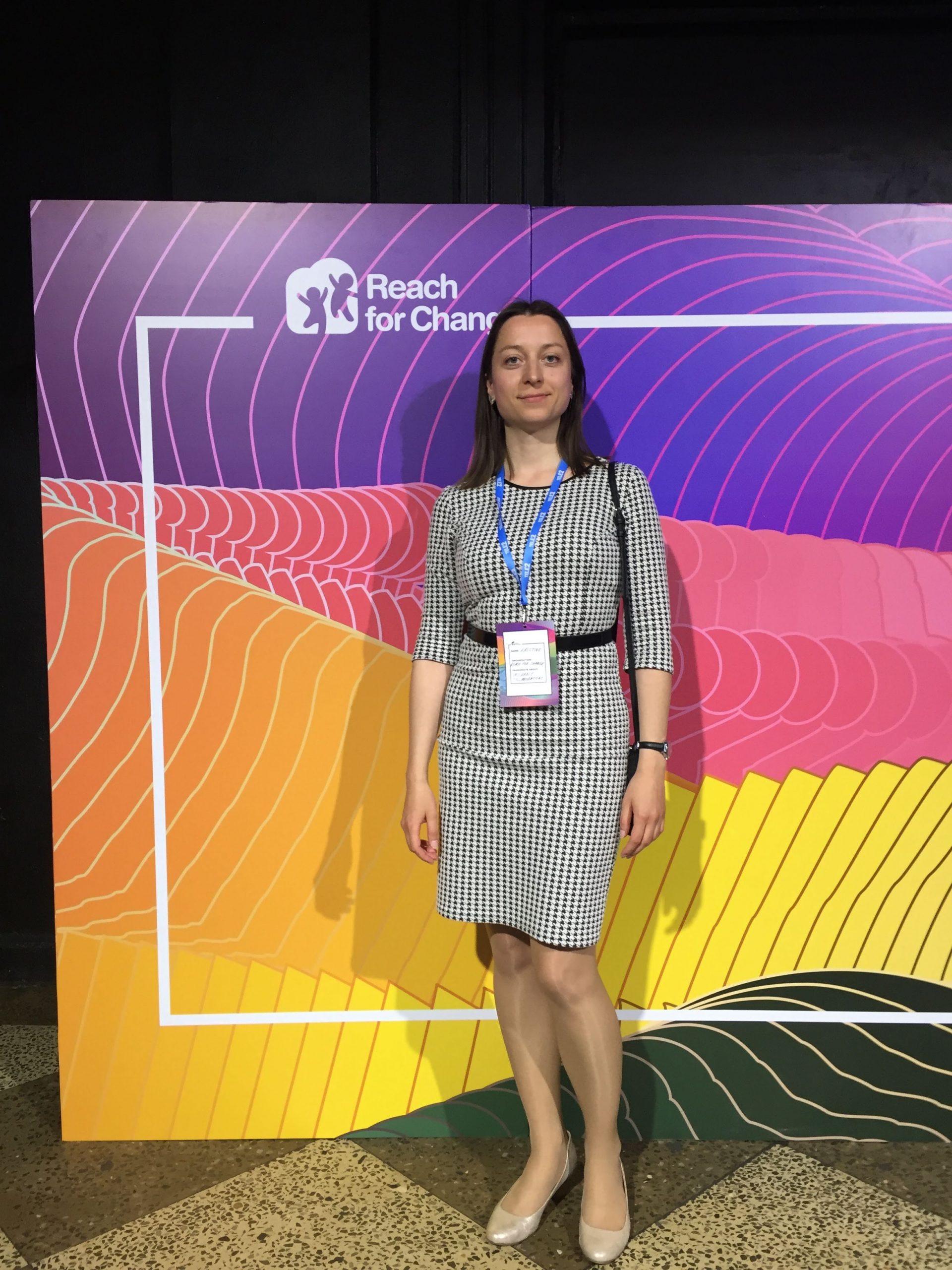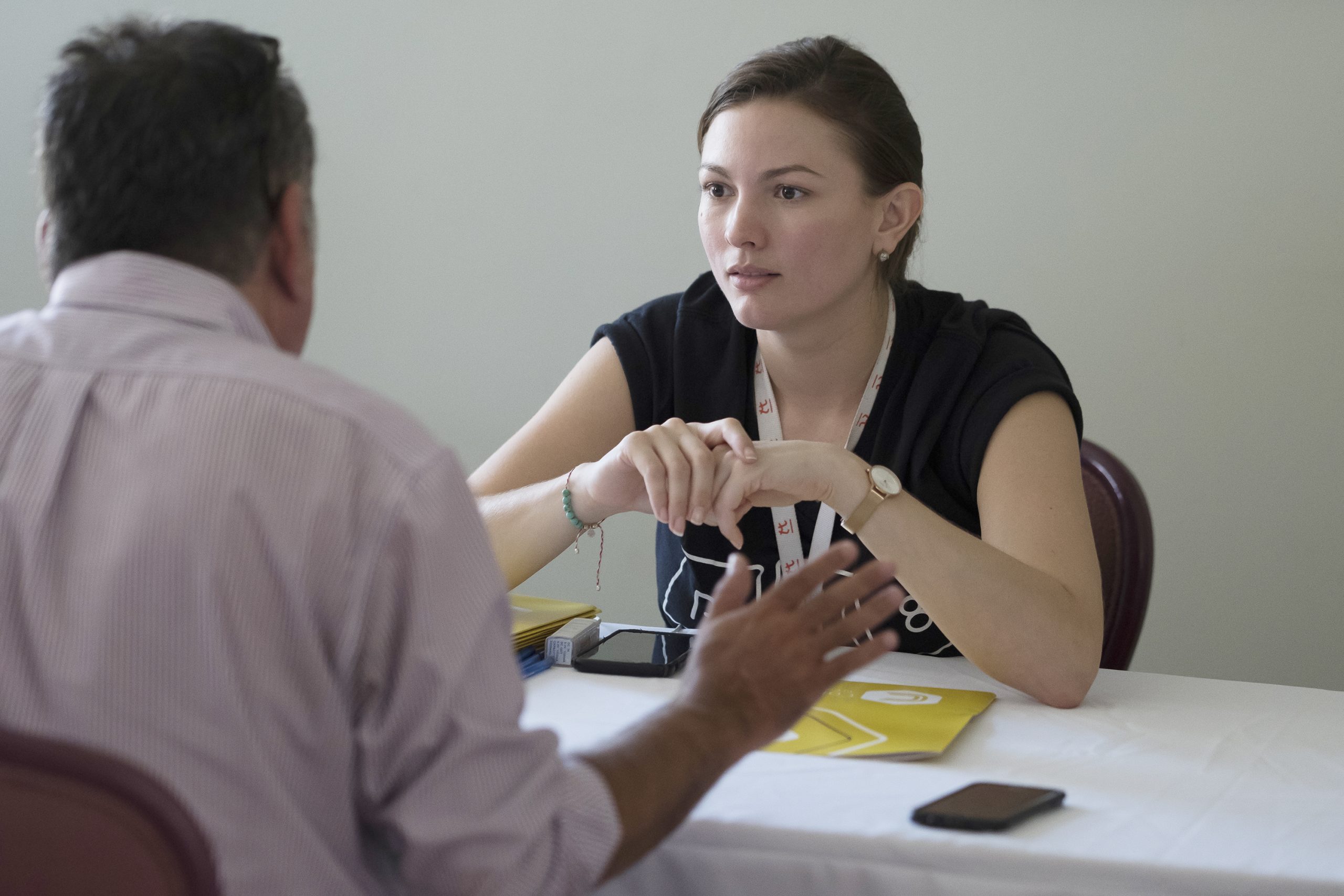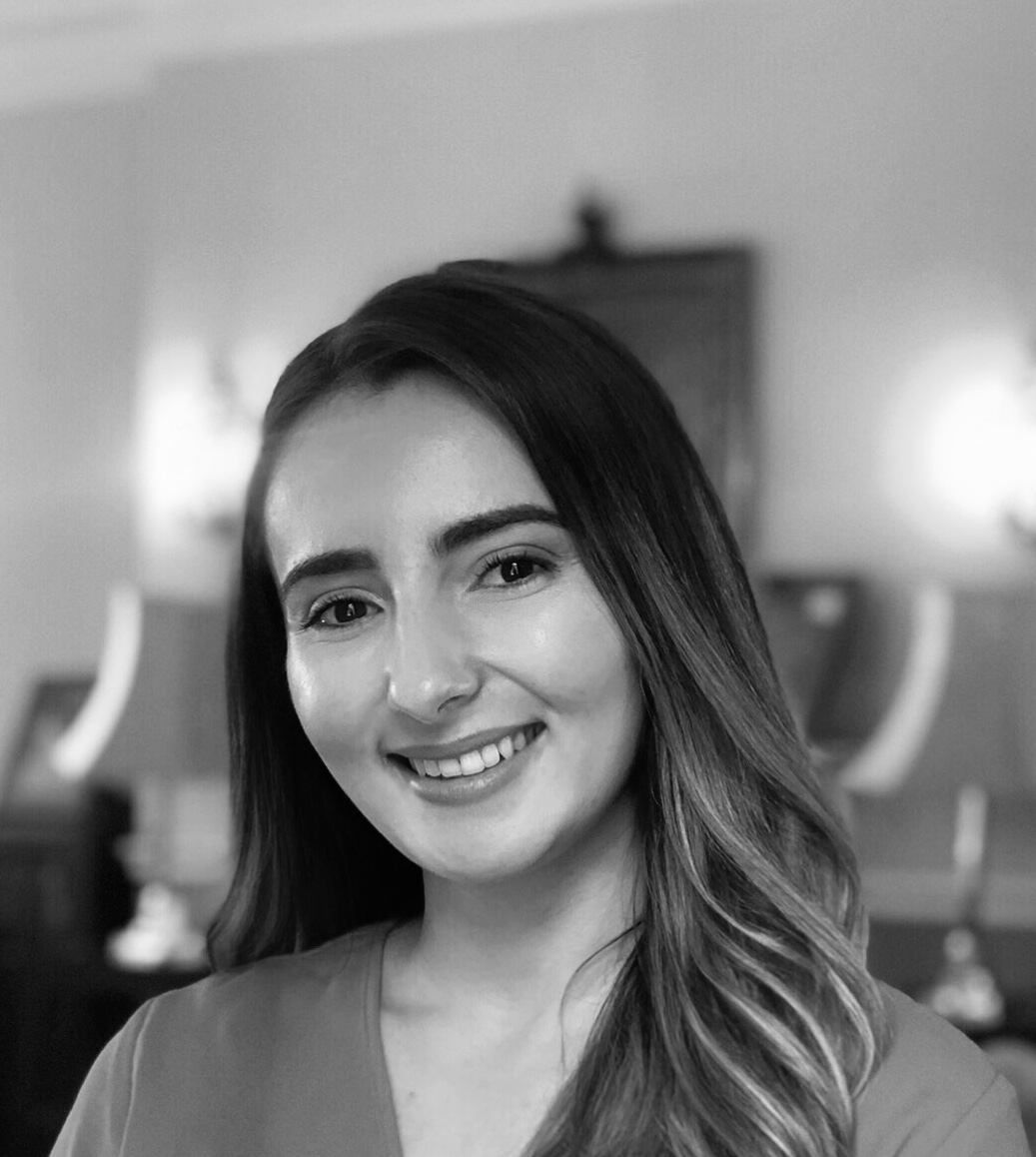
#7 Start. Be patient.
This article belongs to the 7-part series Ecosystem Building 101. The entire series is developed in Fireside Chats with entrepreneurial ecosystem builders around the world.
The resource guide is no longer available. Sign up for Impact Curator to never miss another resource.
In an infinite game, (it) is the game that lives on and it is the players whose time runs out. Because there’s no such thing as winning or losing in an infinite game, the players simply drop out of the game when they run out of the will and resources to keep playing.
Simon Sinek, 2019, p. 7
In our seventh and final Fireside Chat, we discussed how we measure progress in our day-to-day work and how we stay motivated when change feels incremental.
Meet the Ecosystem Builders
Denisse Rodriguez leads Colmena66 (beehive in Spanish, Puerto Rico is located on the longitude 66). Colmena66 is a program within a 501(c)(3) organization in Puerto Rico and acts as a resource directory for entrepreneurs in Puerto Rico.
Anxhela Bruci: empowerment of survivors of human trafficking. She has a social policy and criminal justice background, her academic work focuses on human trafficking and is driven by a vision of social change and justice.
Norris Krueger: Thinker, doer. Writer, speaker. Scholar, educator. Agent provocateur, ecosystem builder currently operating out of Boise, Idaho.
Kristine Verpeja: Baltic Program and Partnership Officer at Reach for Change in Latvia. Her daily work includes supporting early stage social entrepreneurs, building the regional ecosystem, co-creating impact and advocating for social entrepreneurship.
Tim Strege: Executive Director at William Factory Small Business Incubator in Tacoma, Washington.
The slow process of ecosystem building
Norris: “It’s hard when nobody plays nice and pulls in the same direction. Sometimes this is the universe’s way of telling you that it’s either not the right time for what you’re trying to do, or that your idea really isn’t all that great. In these moments, I look for the little things that do move forward, however incremental they might be.
Patience is a virtue.
Norris Krueger
When I was in grad school at Ohio State, my students and I were part of a movement that helped businesses in the inner city. Typical programs would take two years to have any kind of impact but when it didn’t have an impact in six months, the city would change to something else, ignoring the fact that the type of change they were seeking couldn’t and wouldn’t happen overnight. Patience is a virtue. And I’m not a very patient guy but I know that for real change to occur, we have to keep our eye on the long run. And look for the small wins. My students doing projects for small businesses made more of a dent than anything (and it was the students not me!)”
Tim: “I lived through the civil rights era in the United States in the 1960s. Richard Nixon created the minority supplier development council, devised as a method to support African-American entrepreneurs, in particular. And here we are, 60 years later, discussing the same situation where the average African-American households have a one-tenth of the wealth of White households. African-American businesses still operate on an extremely low gross-revenue level. Just like during the civil rights era, we hear lots of proclamations by chambers of commerce, individual corporations and civic leaders that about being anti-racist pro equal opportunity, but again, not much has changed.
Here is another opportunity that I don’t want to let pass by for another 60 years. It’s frustrating to see how much time has gone by without real change within the system.”
Tim Strege

Norris Krueger
Expert Entrepreneurship Developer
Boise, ID, USA

Tim Strege
William Factory Small Business Incubator
Tacoma, Washington
The constant nature of change
Kristine: “In early March 2020, we opened applications for our program and ran a campaign to get the word out. Just a few days later, the state of emergency was announced in Latvia, COVID-19 took over the news and our efforts to find and train change makers went completely under (understandably). On the heels of this news, our funders withdrew their support. At this point, I really had to ask myself whether this was the right time for this type of program – clearly people were anxious about the uncertainty of the situation.
But somehow we just realized that by dedicating our internal resources and extending the deadline for applications, we would give changemakers a platform to bring their much needed solutions into the world. I was really surprised to see that – even under these conditions – people took the time to apply. They saw the opportunity to create change and they were willing to join the program to receive the right support. So instead of postponing the program to some unknown time in the future, we shifted all the training online. To date, all programming had taken place face-to-face so it was an ambitious transition but thanks to some wonderful pro bono partners we made it happen! We selected several change leaders into our incubator after the initial competition and they continue to do their work even now.
It was great to see that even in this type of situation, impact-driven makers don’t stop. They fiercely believe in their idea and continue to work on it even though they were struggling in their private life and/or business due to the pandemic.”

Kristine Verpeja
Reach for Change
Riga, Latvia

Denisse Rodriguez
Colmena66
Puerto Rico, USA

Anxhela Bruci
Empowerfull
Tirania, Albania
Take a lean approach to long-term goals
I had to take the same advice that I had given entrepreneurs over and over again: Just start and get it done.
Denisse Rodriguez
Denisse: “It took us a whole year to launch Colmena66. I had this audacious goal that everything had to be in place before we opened our doors. At some point, I realized I had to take the same advice that I had given entrepreneurs over and over again: Just start and get it done. Once I came to terms with that, we did a soft launch and took it from there.
That was four years ago. Now we have some traction and can actually prove our impact with hard numbers. Now we have to figure out the sustainability piece but if we had worried about that at the beginning, we probably would never have started. Take it step by step, otherwise you end up a perfectionist with nothing to show for themselves. ”
My long-term vision is for social entrepreneurship to become the new normal.
Kristine Verpeja
Kristine: “We have a long-term strategy to 2030 that outlines how many social entrepreneurs we want to work with between now and then. That translates into how many beneficiaries will be reached through those entrepreneurs. But translating that to ecosystem-wide metrics is much more difficult because they are so complex. My long-term vision is for social entrepreneurship to become the new normal.”
Progress over Perfection
For Empowerfull, our big hairy audacious goal is to expand our program to South Eastern Central Europe by 2025 because that’s where we see the highest number of incidences of human trafficking.
Anxhela Bruci
Anxhela: “As a social enterprise in the very early stages, we don’t really talk about impact. We focus on progress. How many new connections have we made? How many new partners have come on board? We look month to month how some of these indicators shift. As Norris said, impact is a long-term game and we are simply too early in our journey to be able to foresee what that impact might be. But focusing on some of those metrics month to month keeps us focused on what matters in the moment without becoming too concerned with deep impact too early.”
You have to believe in what you do and trust the process.
Anxhela Bruci
Norris: “A friend of mine shared an analogy with me that applies to ecosystem building. I remind myself of it every time I get discouraged or frustrated with how slow the needle moves: How do you make a saffron cloth? You take a white cloth and you dunk it into saffron. Then you hang it up to dry. And it still looks white. You dunk it again, hang it up to dry. Still white. Then you dunk it again, it’s still white, yet you hang it up and let it dry. Only to see it’s still white. You repeat that process twenty times and suddenly it begins to change color. You keep sticking to the process and at some point, the colors come through and you have this beautiful saffron-colored cloth. And it was all worth it. But you can’t possibly know that after your first five or even ten tries. You have to believe in what you do and trust the process. Building entrepreneurial ecosystems is the same.”
Surround yourself with the right people
Kristine: “Where I see social entrepreneurs struggle the most – and I think this applies to all of us – is doing everything alone. I encourage each single founder to find a co-founder. Doing it solo, there is a higher risk of giving up or burning out. If there are at least two people in a team, they will support each other. If you join an entire community of change leaders or ecosystem builders, then the potential for support, growth and learning-from-each-other is huge! You just might meet others who have experienced the same situations. They might share how they dealt with a similar problem and you’d be surprised how willing people are to share their insights if they can tell that you are genuinely trying to make a difference.”
Photo by Tanja Cotoaga on Unsplash